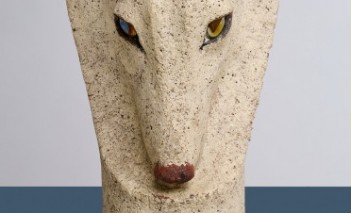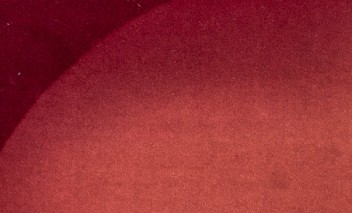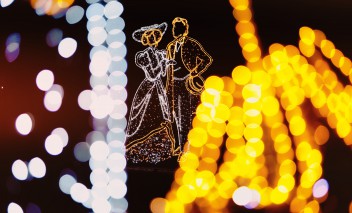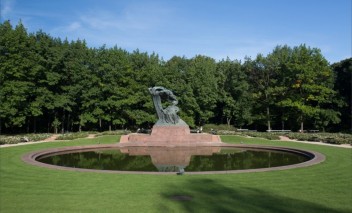A royal portrait in the museum’s collection
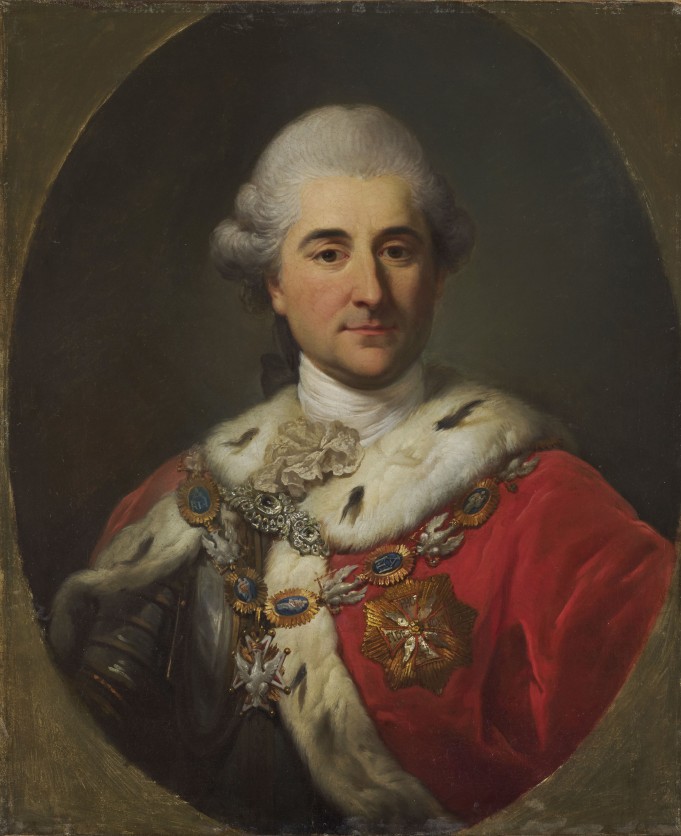
The portrait of Stanisław August in his coronation coat and armour, a unique representation of the monarch, has enriched the collection of the Royal Łazienki Museum. The purchase of the painting was made possible thanks to the funds from the Ministry of Culture and National Heritage.
The royal portrait dates from around 1780. This is a high quality painting from the workshop of Marcello Bacciarelli, court painter to Stanislaus Augustus; it was possibly executed by Jan Albertrandi or Mateusz Tokarski. It is all the more valuable an acquisition as neither the original nor any reproduction of it has survived. Thus, the work is an important addition to the royal iconography.
Stanislaw August is depicted en face, with the same perspective of the head and shoulder turn as in Marcello Bacciarelli’s ‘Coronation Portrait’ from the Marble Room of the Royal Castle in Warsaw, but wearing different clothes. The monarch wears armour and the coronation mantle, which is draped in a different fashion, is fastened with a diamond pin and adorned with the star of the Order of the White Eagle. On the King’s shoulders we can see the chain of the Order of the White Eagle in enamel.
There exists an engraving by Samuel Gottlob Kütner, an engraver from Courland, which is an exact reproduction of the composition which can be found on this picture. It was made in 1784 in Mitava, undoubtedly according to an original by Bocciarelli which is unknown today. Signed: M. Bacciarelli pinxit. S. Kütner sculpsit 1784. The engraving was commissioned from Kütner by King Stanisław August for a high price (300 ducats). The engraver from Courland visited Warsaw in the first half of 1781. In July 1781, the monarch paid for his return to Courland. During his stay, the artist was ordered to make a drawing for an engraving according to a portrait by Bacciarelli. The Bacciarelli’s work was therefore created before 1781, most likely in the late 1770s. Its workshop reproduction – the present painting – dates to roughly the same period. The heroized images of the king in armour, in the convention of rex armatus, are part of his earlier iconography.


